37th Bisexual Health Awareness Month
This March marks the 37th annual Bisexual+ Health Awareness Month, a whole month dedicated to raising awareness for the bisexual+ (“+” includes multi-gender attracted identities such as pansexual and polysexual) community’s social, economic, and health disparities, alongside promoting resources and igniting action (bihealthmonth.org).
Some may ask why there is an entire month dedicated to bisexual+ health; what separates bisexual+ health from other sexual orientations? Is it that important to focus on bisexual+ health on its own?
The answer to the first question needs us to look at what bisexuality and other nonmonosexual (multi-gender attraction) identities. Bisexuality, according to Dictionary.com, refers to “a person who is sexually or romantically attracted to people of two or more genders.”
It is more than being attracted to men and women, or being ‘half-straight, half-gay’; someone could be attracted to non-binary folks and men and still identify as bisexual. Another common identity under the bi+ umbrella is pansexual, which is defined as people who “are attracted to all kinds of people, regardless of their gender, sex or presentation,” (Farhana Khan via Merriam-Webster).
Among Millennials and Gen Z, people are more likely to identify as bisexual than lesbian or gay, with bisexuals making up the largest sexual minority group (Katz-Wise 2019). However, despite this, there has been significantly less research and funding towards bisexual individuals and addressing biphobic systems of oppression.
This brings us to the answer to our second question: it is important to bisexual+ health separate from gay and lesbian health because they make up a large part of sexual orientation minorities and have received much less research and funding. As is the case with anyone who is part of a social minority, the more minority identities you have, the more likely you are to face oppression, discrimination, and disparities.
Bisexual+ people face unique minority stress experiences, such as facing stereotypes or misconceptions like ‘bisexuality is an excuse to have lots of sex’ or ‘bisexuality is a pit stop to being gay’, among many others.
When seeking medical care, the invisibility of bisexual+ identities and issues may impact the patient’s care. A bisexual cisgender woman who is in a relationship with a woman, but also has sex with men, may not be offered STI testing or birth control due to the provider assuming she is a lesbian.
Another example could include a pansexual non-binary person having to mark gendered responses on forms, resulting misgendering of the patient and/or partners and assumptions of identity; the list can go on. But what can you do, whether you’re a patient, provider, or just wanting to learn more?
Providers can use gender-neutral language on forms and ask more questions about one’s sexual health, while patients can keep an open dialogue with their provider about their identity. Supporters can read things like this blog or articles, videos, and other media made by bisexual+ people about their experiences. This Bisexual+ Health Awareness month, take the opportunity to learn more about the growing visibility of bisexual+ people, their lives, experiences, and disparities.


